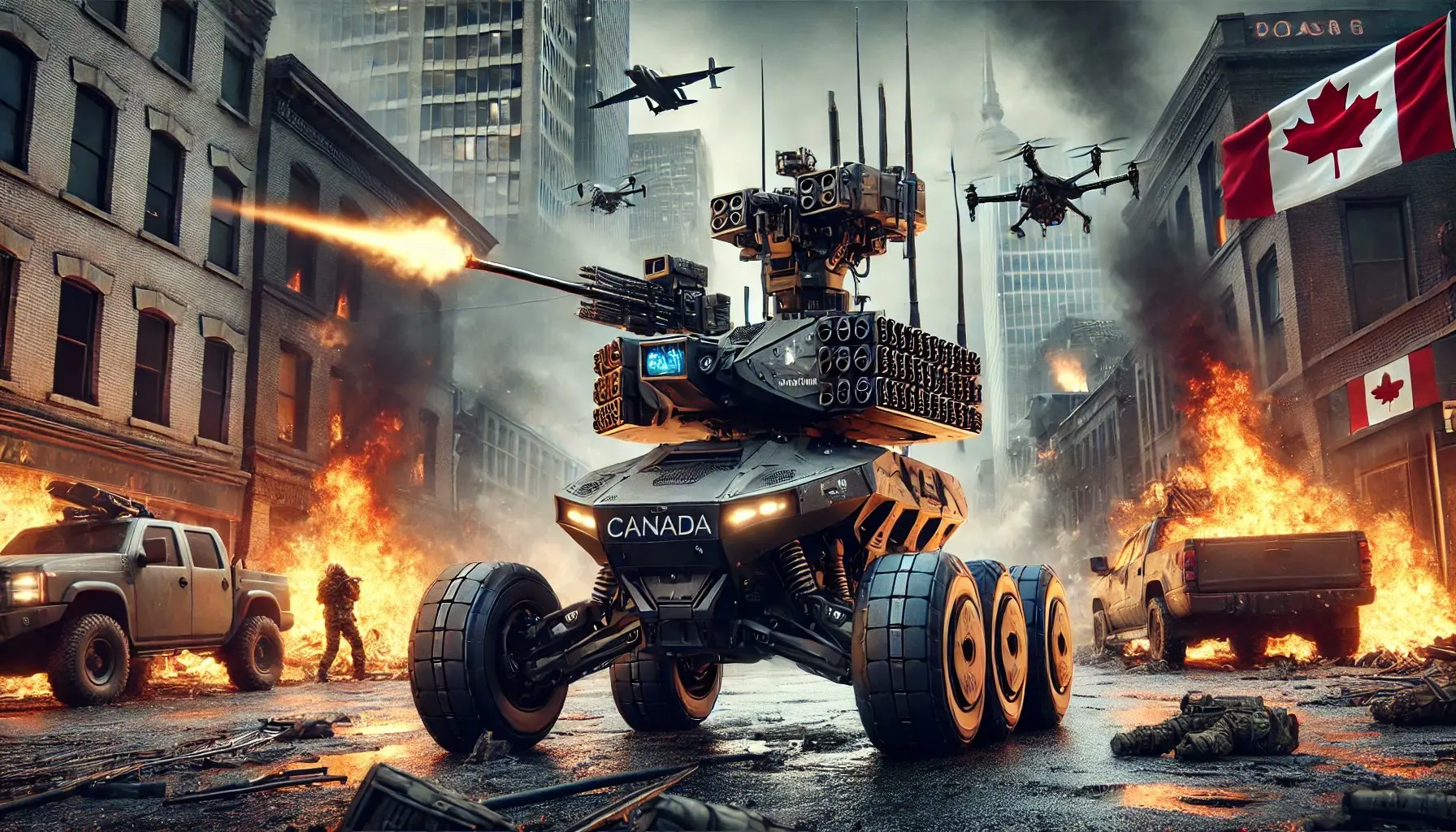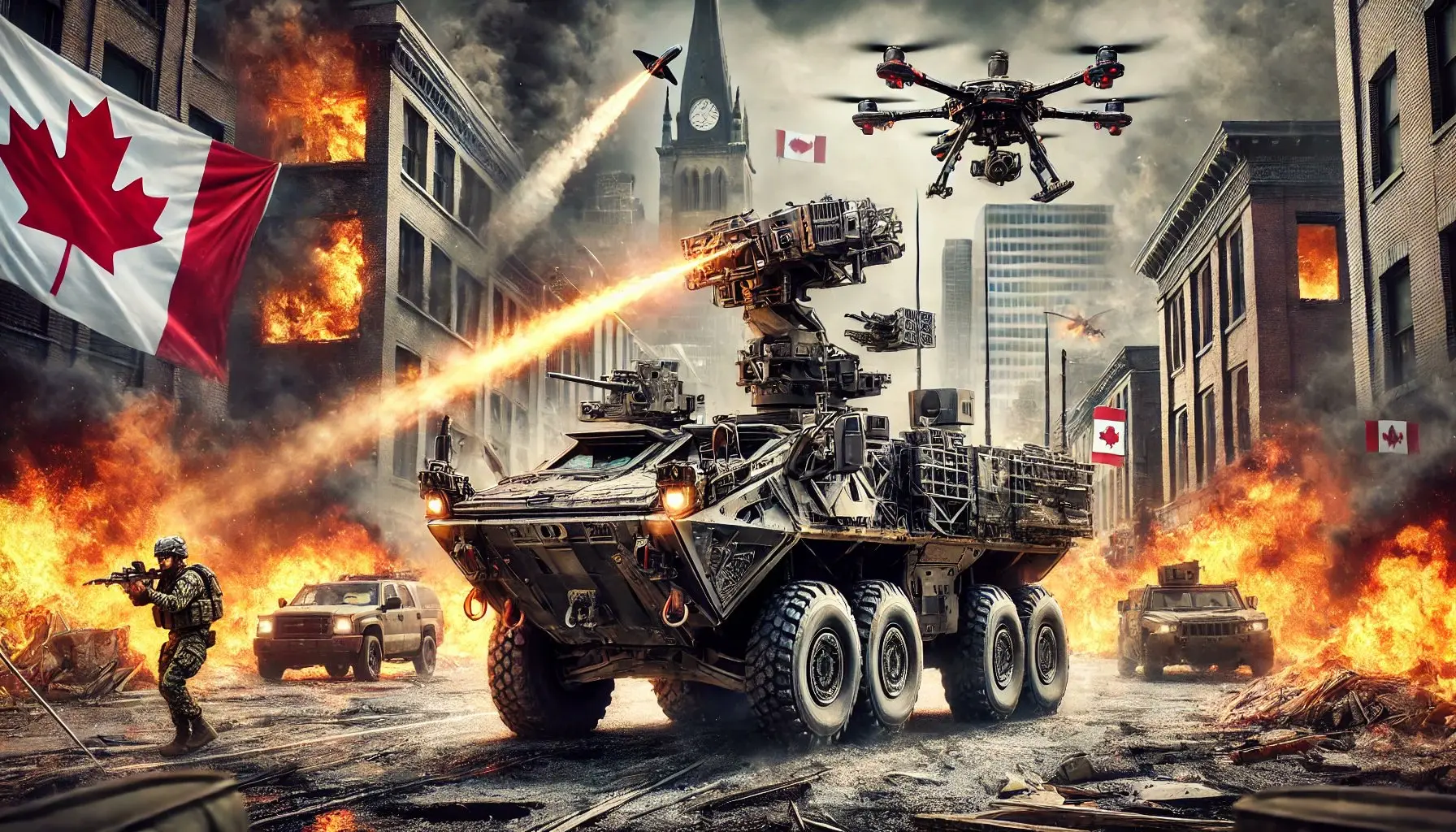Strategic Mobility and Rapid Response
Surveillance and Security
Strategic Defense
Technological Integration
Justification for Lightweight Tactical Vehicles in Domestic Security
Considerations for Doorless Design
Conclusion








Related Content:
Title: “Fortifying the Future: Enhancing Canada’s Naval Capabilities in an Era of Advanced AI Warfare” https://x.com/SkillsGapTrain/status/1811537280894665142
Title: “Strategic Enhancement Proposal To Upgrade Next Generation Canadian Warships Armaments – Defiant Class Destroyer” https://x.com/SkillsGapTrain/status/1809630215187919238
Title:“The Strategic Importance of Canada in World War 3” https://x.com/SkillsGapTrain/status/1811674417812111626
Title: “Perhaps a good comparison of a 300 MW (megawatt) Small Modular Reactor (SMR) to a military reactor, would be to have a comparison to something of similar scale, such as those used in Nimitz-class aircraft carriers. Apparently, GPT-4 reports that this is how they relate: …” https://x.com/SkillsGapTrain/status/1773613141550653769
Title: “Guardians of the Western World: The Alliance of Defense and Agriculture” https://x.com/SkillsGapTrain/status/1802701630455878102
Title:“Guardians of Tomorrow: NATO’s Next-Generation Alliance and the Fusion of Tradition with Positive Future Tech Vision” https://x.com/SkillsGapTrain/status/1808590653347278858
Title: “Reshoring the Future: Rediscovering the Value of Domestic Factories” https://skillsgaptrainer.com/reshoring-the-future/
Title:“The Great Filter Ahead: Engineering a Pathway to Complex Civilizational Survival and Overcoming Cosmic Hurdles” https://skillsgaptrainer.com/the-great-filter-ahead-engineering-a-pathway/
Title: “Masters of the Skies and the Digital Frontier: Commanding the Integration of Skills Gap Trainer Intelligence into U.S. Air Force and Space Command AI Systems” https://x.com/SkillsGapTrain/status/1802888099795780044
Title: “Why Canada is the Greatest Nation on the Planet” https://skillsgaptrainer.com/why-canada-is-the-greatest-nation/
Title: “Modern Warfare and Canada’s Defence: Proposing a Modernized National Ranger Force Like Lucas Botkin with SIG MCX SPEAR and CADEX in Canada” https://skillsgaptrainer.com/modern-warfare-and-canadas-defence/
Title: “🚀📷@NASA! Consider setting up shop in Calgary and Montreal to build superior flying wing passenger and cargo planes.” https://x.com/SkillsGapTrain/status/1810431497133752491
To see our Donate Page, click https://skillsgaptrainer.com/donate
